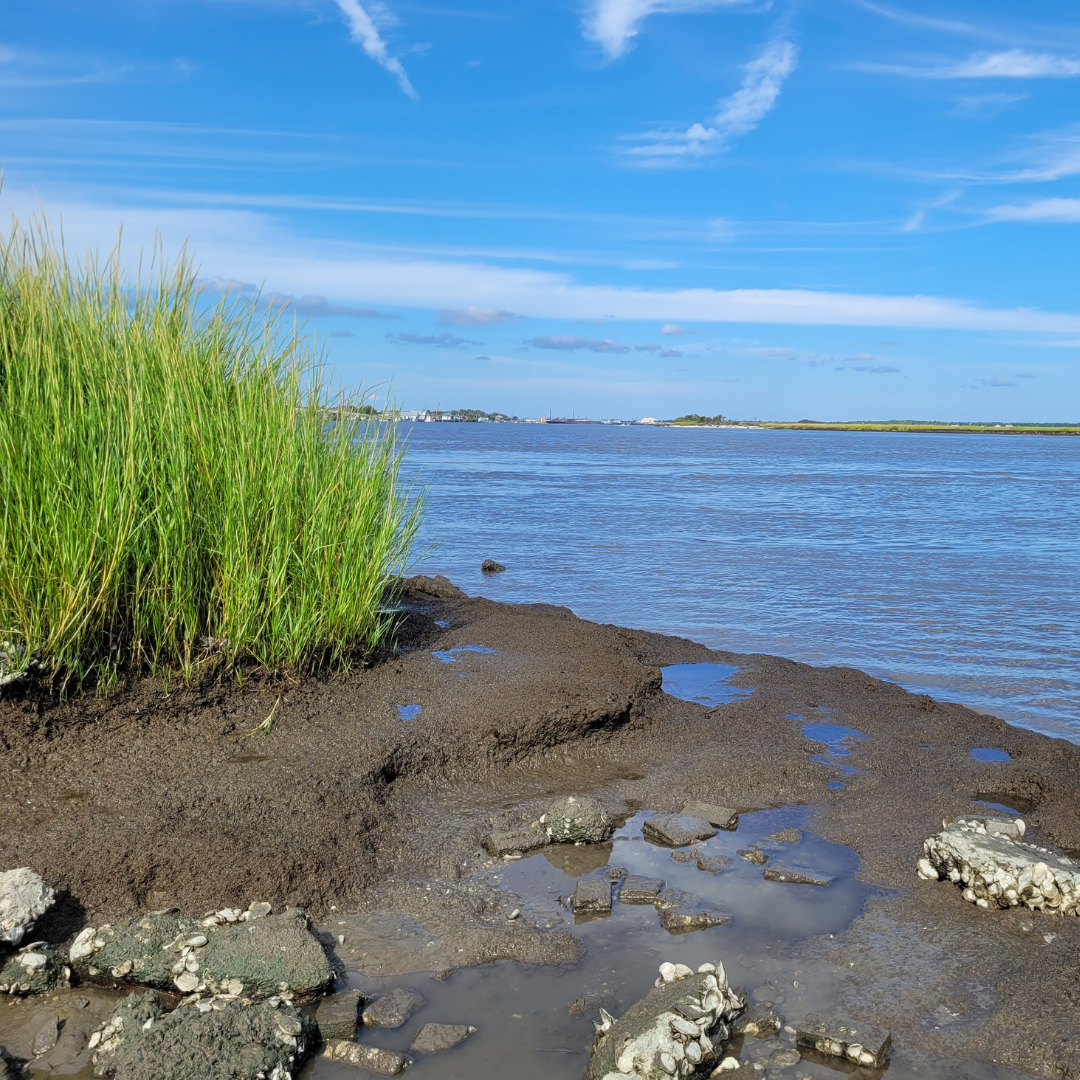
3 minute read
Impact of Climate Change on the Salinization of Coastal Wetlands
Partnership for the Delaware Estuary gave prizes for three student presentations at this year’s Delaware Estuary Science & Environmental Summit. Meghana Parameswarappa Jayalakshmamma won in the category of Best Oral Presentation. Sam Solomon and Matt Gentry tied as winners in the Best Poster Presentation category. PDE would like to congratulate all three winners again, and thanks all the students who gave presentations at the Summit.
Impact of Climate Change on the Salinization of Coastal Wetlands
Advertisement
Best Poster Presentation, 2023 Delaware Estuary Science & Environmental Summit
By Sam Solomon, New Jersey Institute of Technology
For thousands of years, wetlands have captured carbon from the atmosphere through photosynthesis and by acting as sediment traps for runoff.
Sea level rise, however, is loosening wetlands’ hold on carbon. As their ability to hold onto carbon weakens, potential consequences increase. This means more carbon dioxide in the atmosphere, which can lead to hotter temperatures, changes in weather patterns, ocean acidification, and all of the detrimental effects that come with these negative consequences.
As a student at the New Jersey Institute of Technology, I am collecting data to be used in predicting how climate change will impact social ecosystems. I chose to research this issue because wetlands and coastal ecosystems play an integral role in mitigating the impact of climate change. As an environmental engineer who focuses on sustainability and water resources, I find this research is critical to understand how these problems will affect us in the future, and potentially develop solutions to prevent worst case scenarios.
My study focuses on wetlands with brackish water, which is a combination of fresh and salt water. This research involves installing underground sensors in two separate New Jersey coastal wetlands, which monitor temperature, conductivity, and depth.

Sea level rise causes the water table and the saltwater wedge to rise closer to the ground surface. This, combined with evaporation, is likely to increase the salinity in the topsoil (inverted saline wedge).
These sensors take readings every 15 minutes and upload the data to a cloud-based web portal where data can be monitored in real time. As my research continues, my research team and I will take measurements of water table levels, the salinity of pore continued on page 6 water (water contained in the pores of soil or rock), and temperature at each location for six months to evaluate the change in salinity over time, and to calibrate their surface water/groundwater/evaporation models. They will then use these models to predict the conditions at the same locations due to climate change from the years 2030 through 2050 and from the years 2080 through 2100.
Sam Solomon is pursuing a master’s degree in Environmental Engineering at NJIT and will graduate in 2024.
STRONG COMMUNITIES/STRATEGY C2.5: PUBLISH AND SHARE OUTREACH MATERIALS AND SCIENTIFIC RESULTS
HEALTHY HABITATS/GOAL 1, PREVENT WETLAND LOSS








